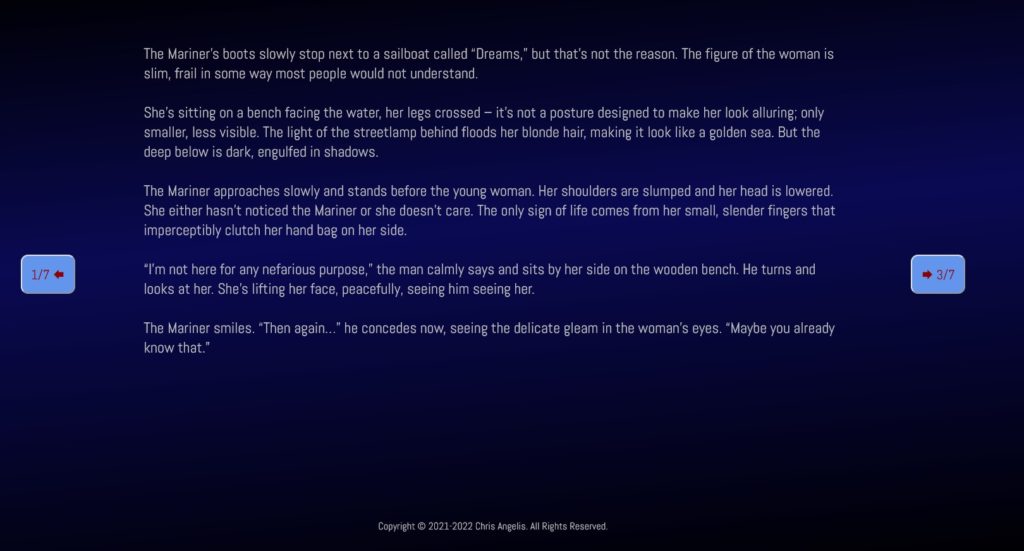Yes, there are many puns to be made about sex, so I couldn’t resist one with the title – a low-hanging fruit, really. However, the truth is that sex scenes in fiction are a very serious thing. For reasons we’ll speculate about in this post, even experienced writers can make a total cock-up of sex scenes (uh-oh, another pun). More importantly, I’ll offer you some ideas on how to write sex scenes for your novel in a way that does justice to the narrative.
Here’s an early disclaimer: Sex in fiction is as diverse as sex in real life, with the added complexity genre brings into the picture. In other words, you would write sex scenes in romance fiction in an entirely different way compared to literary fiction. I’m certainly not an authority in the former; I can’t stand it.
Ultimately, as with every other writing-tips post I’ve written, this is a set of ideas. Some of them might be something you find useful, others less so. You are the authority on your work, so approach what you find here with the proper skepticism and use it to your benefit.


